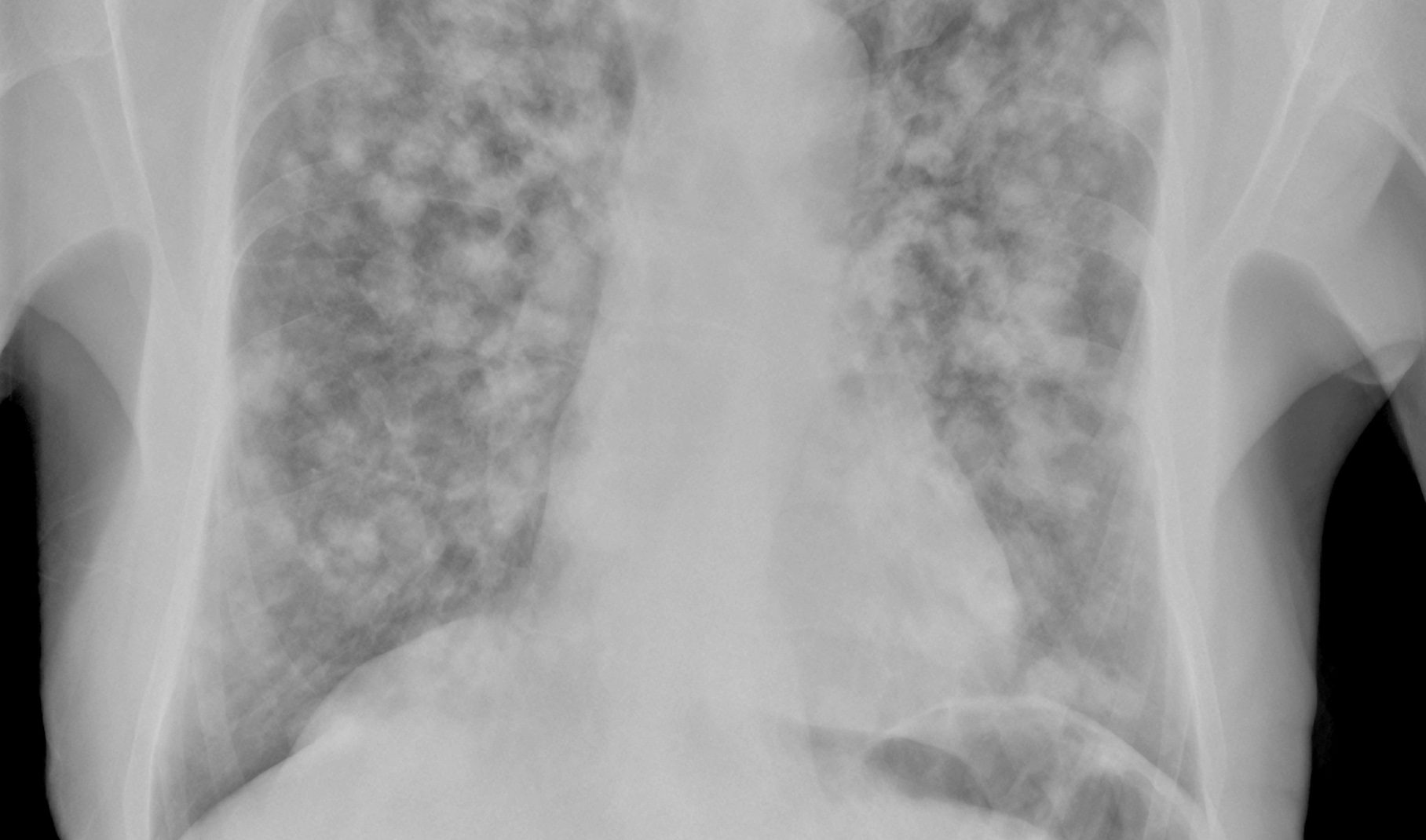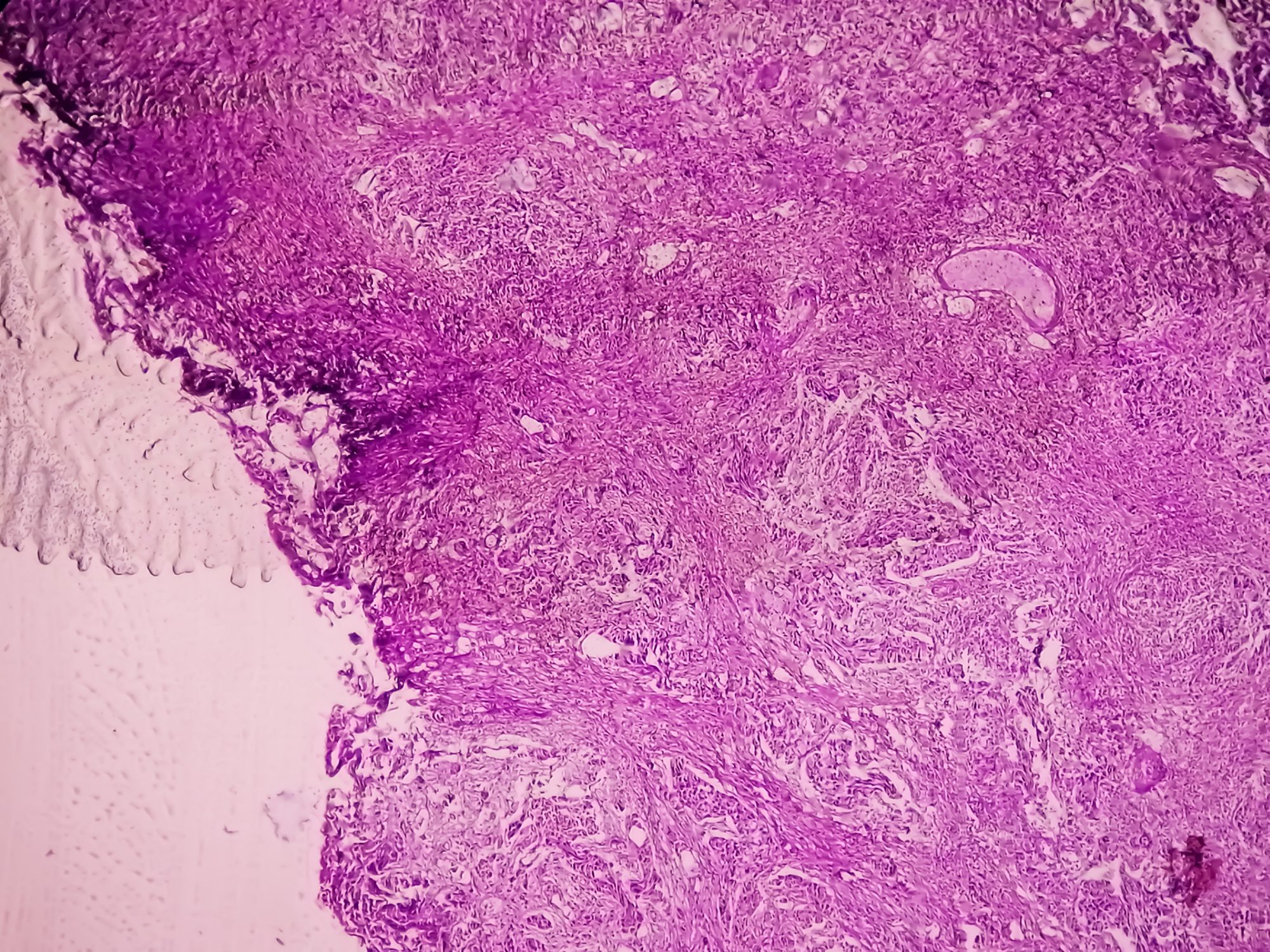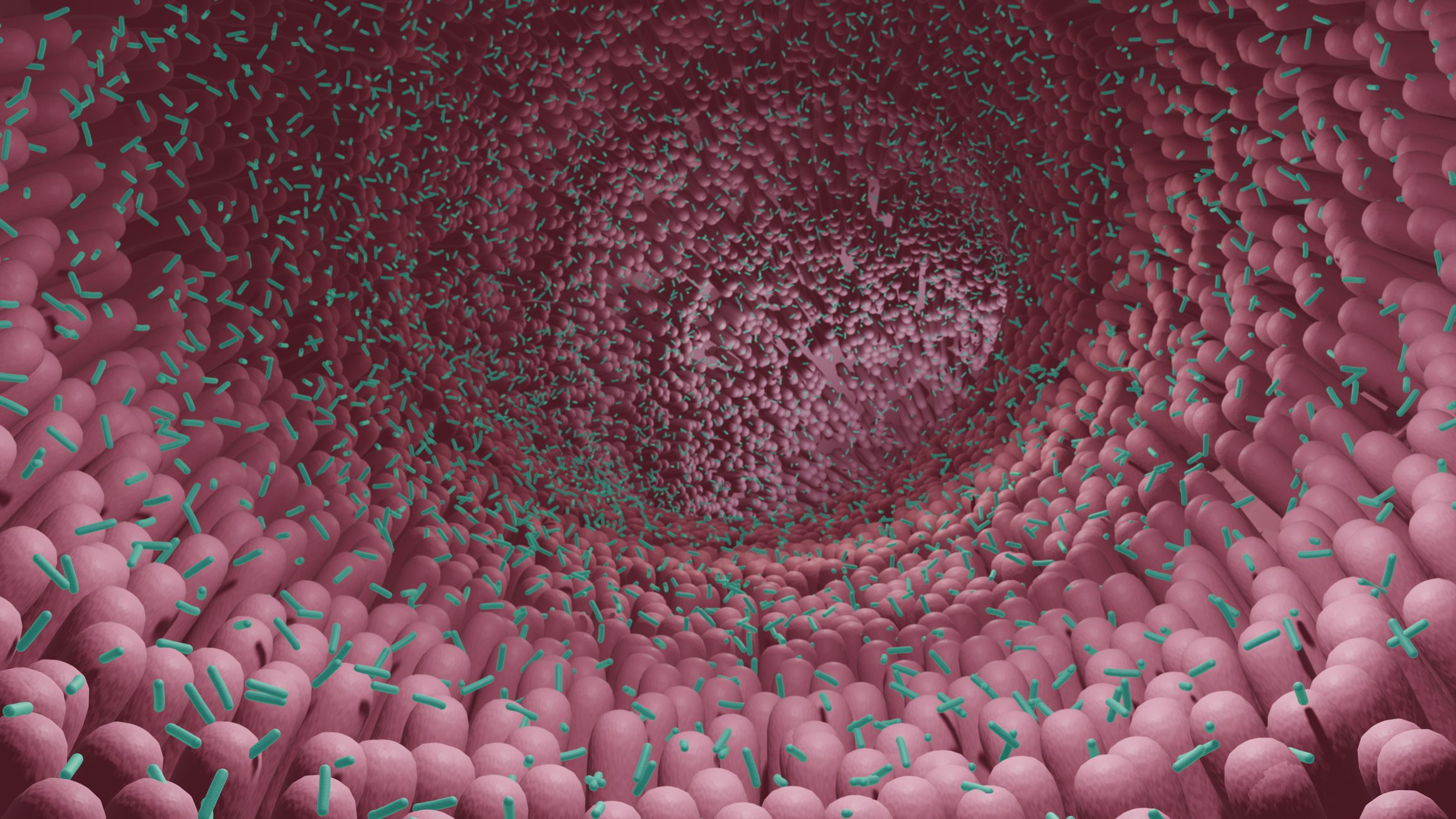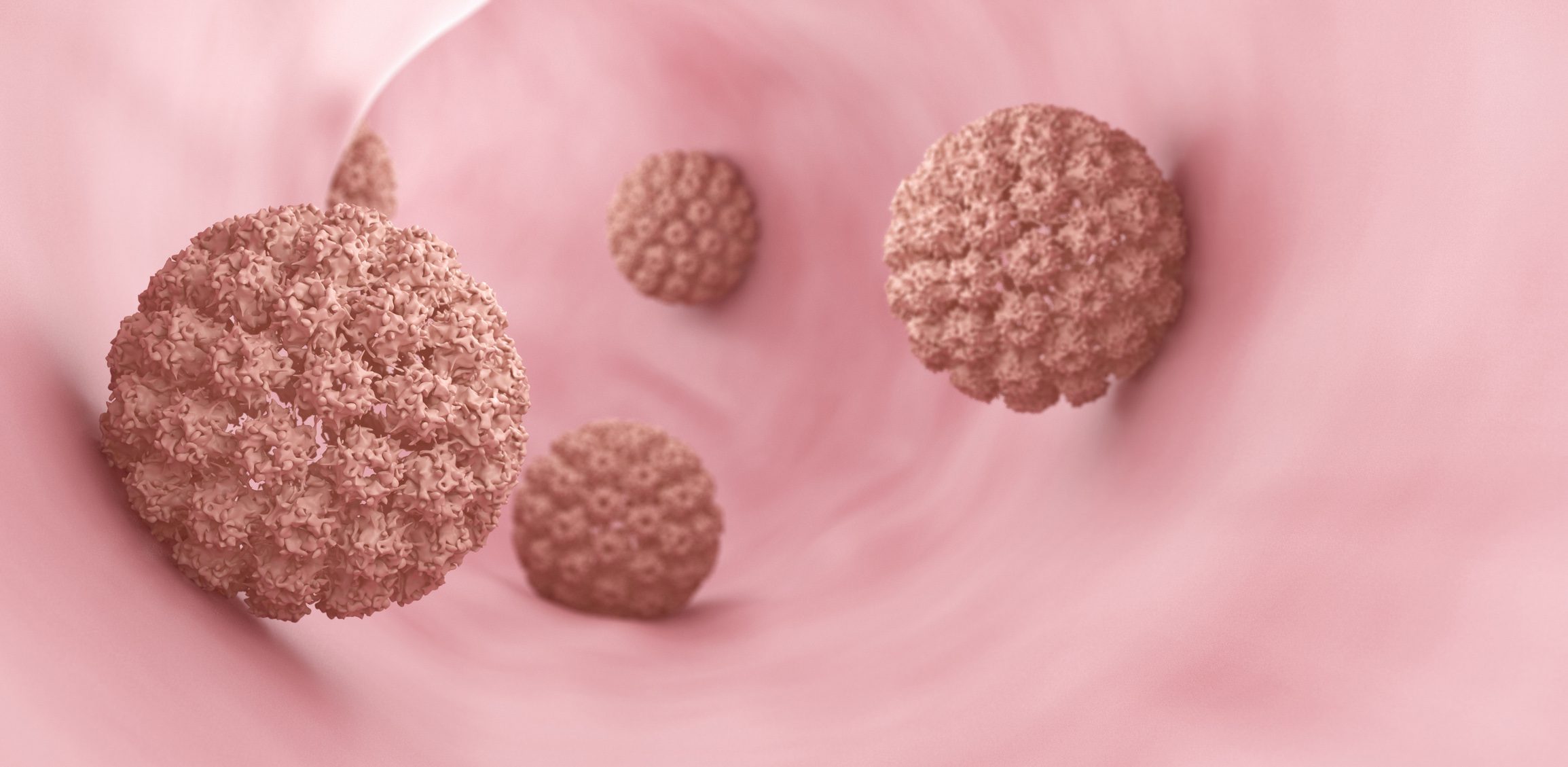Lyme borreliosis was named after the small US town of Lyme after a strikingly high incidence of cases of joint inflammation following tick bites in the mid-1970s. It turned out to be a symptom of a complex disease that can also affect the skin and nervous system, the cardiovascular system or the eyes. It was only a few years later that the bacterial species Borrelia burgdorferi , which is transmitted by ticks, was identified as the cause of this disease.
The name Borrelia burgdorferi goes back to its discoverer, the physician Willy Burgdorfer. Lyme borreliosis is the most common tick-borne infection in the northern hemisphere. In Switzerland, depending on the region, 5-30% (in some places up to 50%) of ticks are infected with Borrelia burgdorferi and in about 1% of cases a clinically manifest disease develops [1–4].
The Federal Office of Public Health (FOPH) estimates that around 10,000 people in Switzerland contract Lyme disease every year [1]. In contrast to tick-borne tick-borne encephalitis (TBE), there is currently no approved vaccination against Lyme disease in Europe (box). To protect yourself from a tick bite, it is recommended that you wear well-fitting clothing and avoid undergrowth. If necessary, protective agents for the skin and insecticides for clothing can be used. After a tick bite, the tick should be removed as quickly as possible and the bite site should then be disinfected.
| Will a vaccine soon be available in Europe? VLA15 is a multivalent vaccine candidate against Lyme borreliosis that is currently (as of 2024) in clinical development. VLA15 is a protein vaccine that is directed against surface protein A (OspA). It inhibits the 6 most common OspA serotypes expressed by Borrelia burgdorferi species. By blocking the surface protein, the bacterium’s ability to infect its host is inhibited. Applications for approval in Europe and the USA are planned for 2026. The vaccine candidate is currently being tested in a Phase III trial, which is expected to be completed by the end of 2025. |
| according to [8] |
Typical progression in three stages
Lyme borreliosis is divided into three stages, although atypical courses are also possible [2]. The early stage is usually accompanied by erythema migrans, which usually spreads slowly within a few days to a few weeks after the tick bite. Other symptoms in this early stage of Lyme disease can include flu-like symptoms such as slightly elevated body temperature, muscle and joint pain and headaches. If left untreated or if the pathogen spreads, it can lead to organ infestation after a few weeks to months [3,5]. Neuroborreliosis is characteristic of this stage. In addition to painful inflammation of the nerves and meninges, paralysis (mainly of the facial nerves) can occur. Heart muscle inflammation is also possible. In the third stage, which can usually occur after months to years, the joints in particular are affected, especially in the form of inflammatory swelling of the knee and ankle joints. Diseases of the skin and nervous system can also occur years later. Rarely, inflammation of the heart muscle (Lyme carditis) occurs, which can manifest itself in cardiac arrhythmia.
If antibiotics are administered at an early stage, the prognosis is good
Lyme borreliosis is primarily a suspected clinical diagnosis that is supported by the results of laboratory diagnostics. The classic erythema migrans is a visual diagnosis. A Borrelia PCR and Borrelia serology using enzyme immunoassay (screening test using ELISA) and immunoblot (confirmatory test) are available for pathogen detection [3,6]. A serological follow-up is not useful [3]. If neuroborreliosis is suspected, a simultaneous diagnosis from serum and cerebrospinal fluid with calculation of the Borrelia-specific antibody index can be carried out. Determination of the CSF/serum index enables the detection of borrelia-specific intrathecal antibody formation [4]. PCR from punctate or cerebrospinal fluid with limited sensitivity is also possible. Lyme borreliosis is treated with antibiotics. Patients who are treated with suitable antibiotics in the early stages of Lyme borreliosis usually recover relatively quickly and completely [4]. The antibiotics recommended for oral treatment are shown in Table 1 [3,7].
Literature:
- “Borreliosis/Lyme disease”, Federal Office of Public Health, www.bag.admin.ch,(last accessed 07.06.2024)
- “Diseases caused by tick bites – Lyme disease”, www.lgl.bayern.de,(last accessed 07.06.2024).
- “Lyme disease and other tick-borne diseases”, Dr. med. K. Römer, Forum for Continuing Medical Education, General Medicine Refresher Cologne, 17-20.01.2024.
- “Lyme borreliosis”, RKI guidebook, www.rki.de,(last accessed 07.06.2024).
- “Lyme borreliosis”, www.rheuma-liga.de,(last accessed 07.06.2024).
- Institute for Hygiene and Microbiology of the University of Würzburg, service catalog edition 23.03.2023, www.hygiene.uni-wuerzburg.de,(last accessed 07.06.2024).
- “Cutaneous Lyme borreliosis”, S2k guideline, AWMF Registry No. 013/044, https://register.awmf.org,(last accessed, 07.06.2024).
- Flexikon: VLA15, https://flexikon.doccheck.com/de/VLA15,(last accessed, 07.06.2024).
FAMILY PHYSICIAN PRACTICE 2024; 19(6): 34
Cover picture: “Using darkfield microscopy technique, this photomicrograph, magnified 400x, reveals the presence of spirochaete, or “corkscrew-shaped” bacteria known as Borrelia burgdorferi, which is the pathogen that causes Lyme disease. Borrelia burgdorferi are helical shaped bacteria, and are about 10-25 µm long.” © PD-USGov-HHS-CDC, wikimedia












